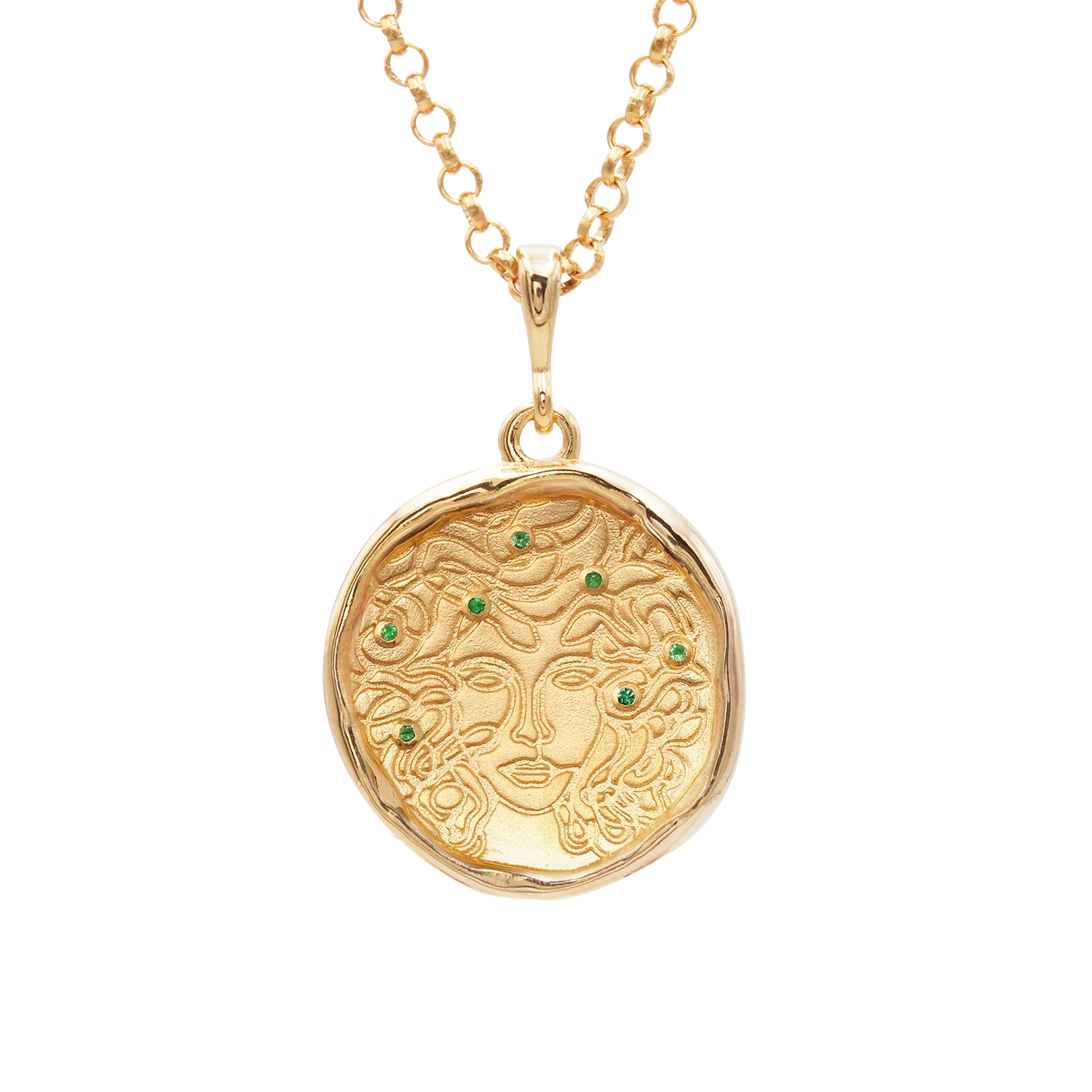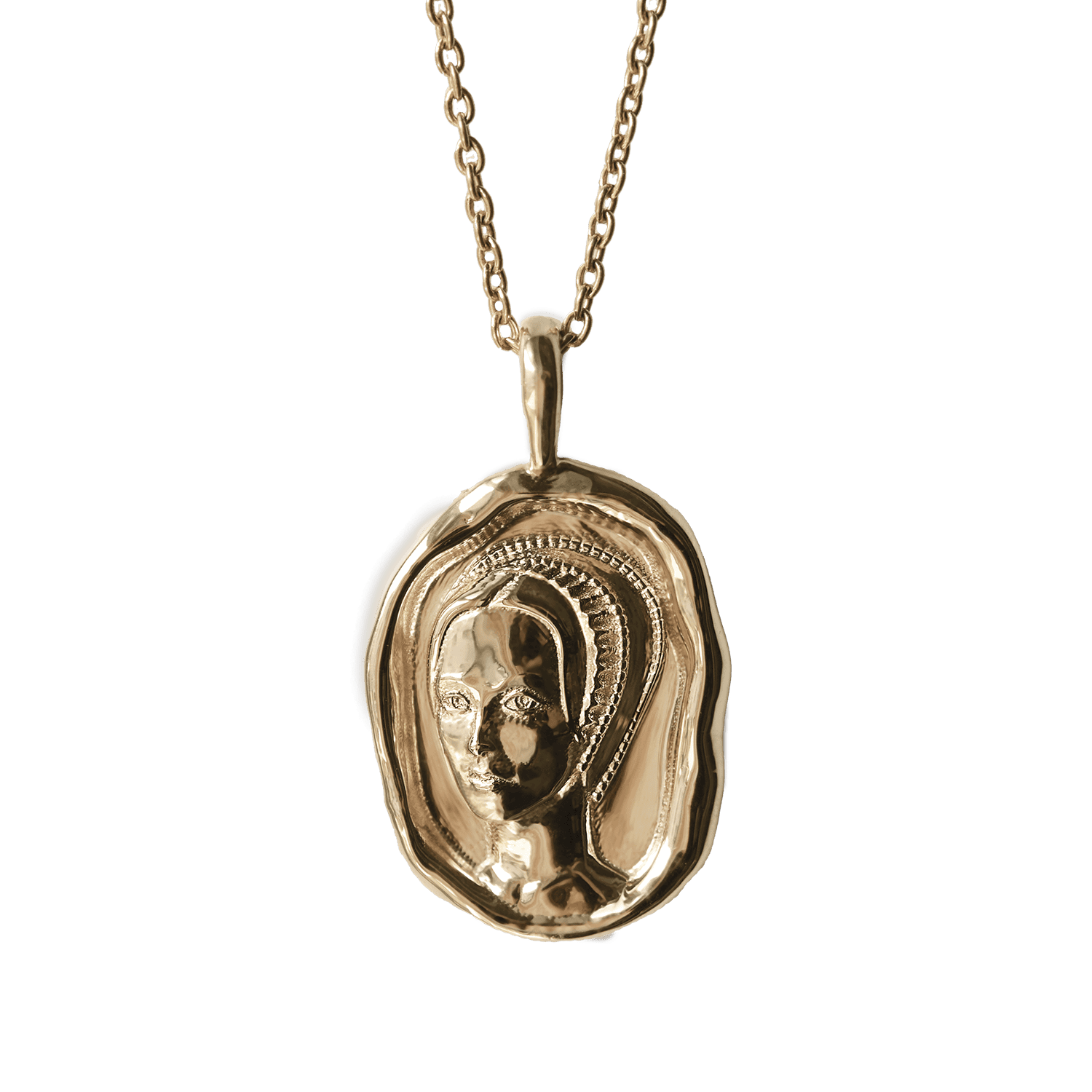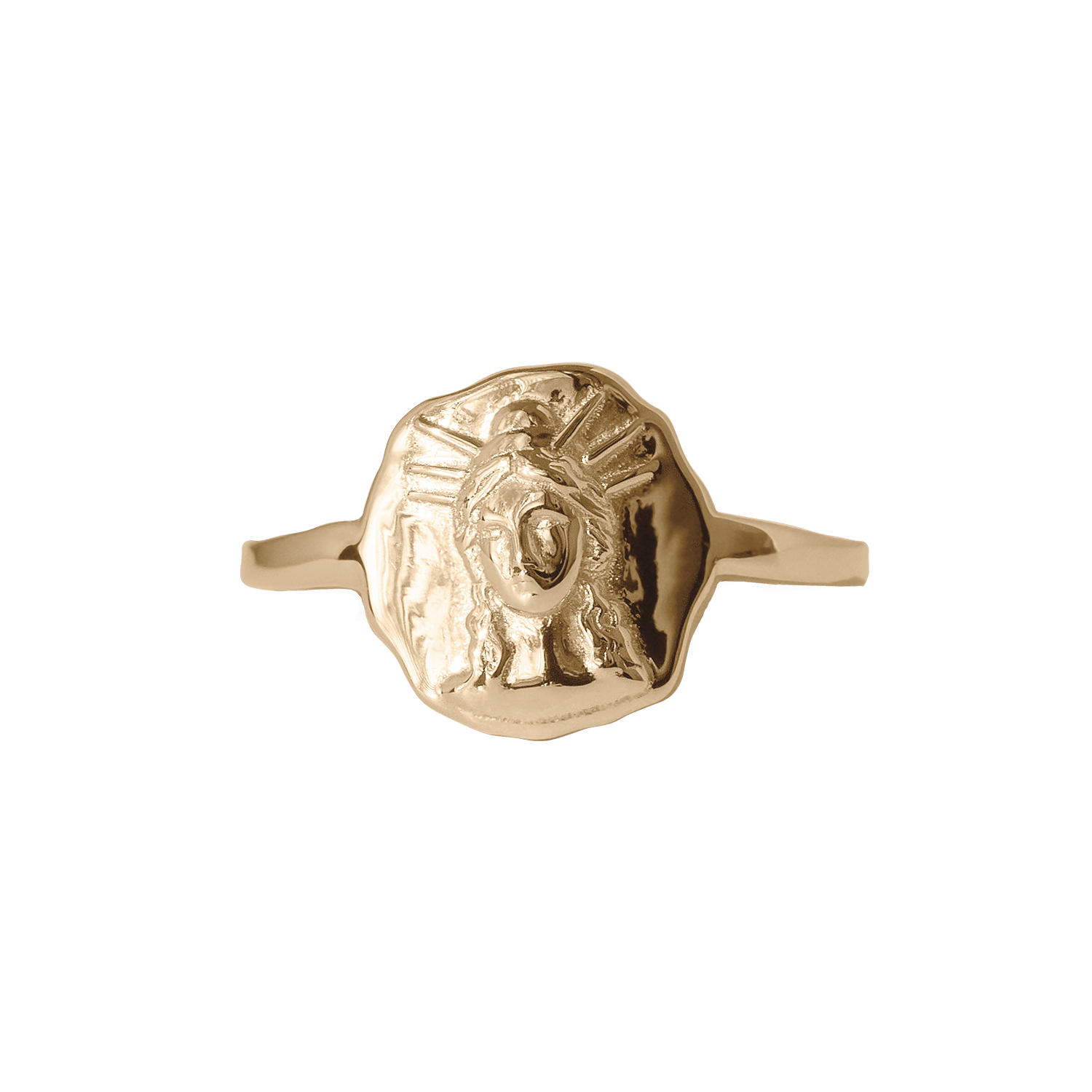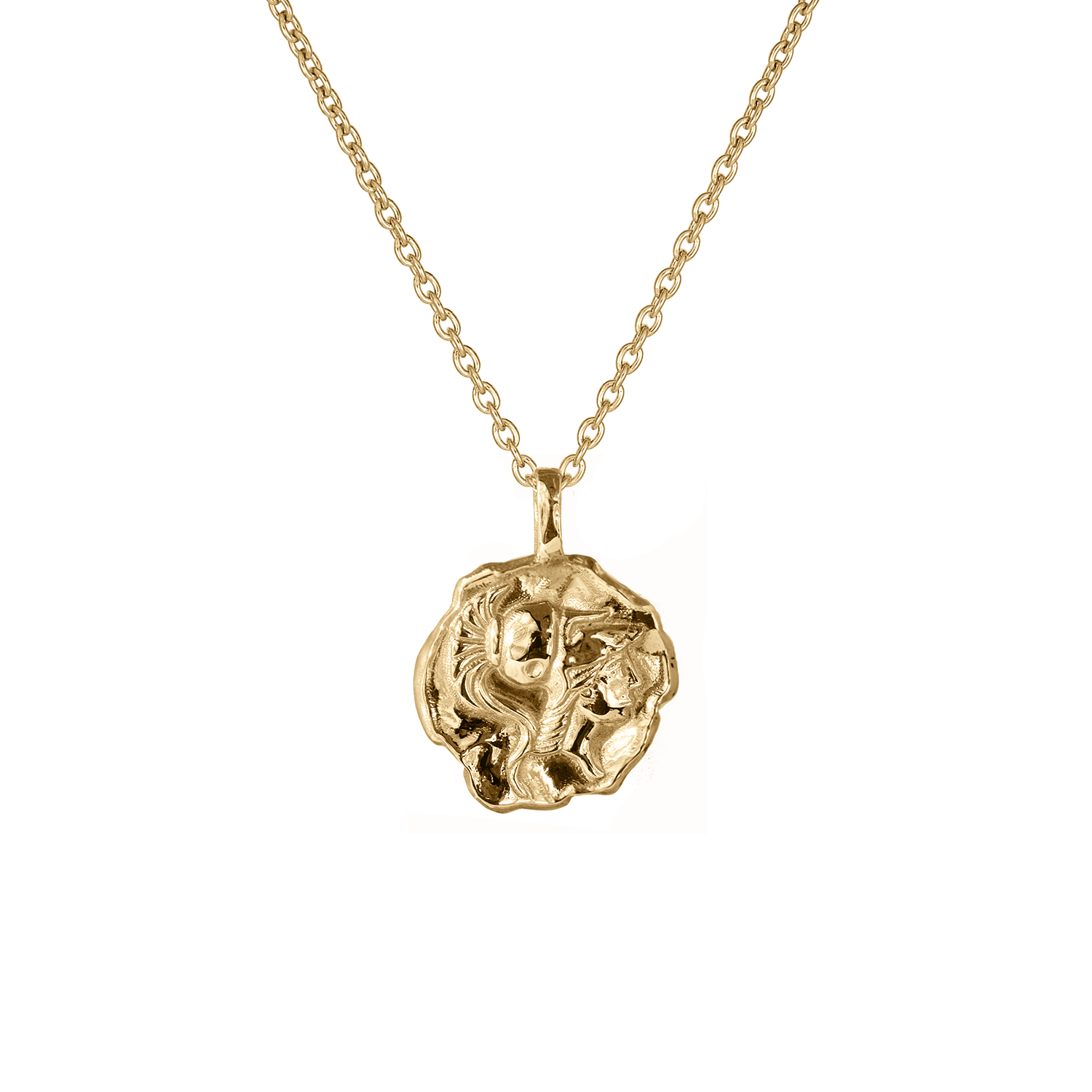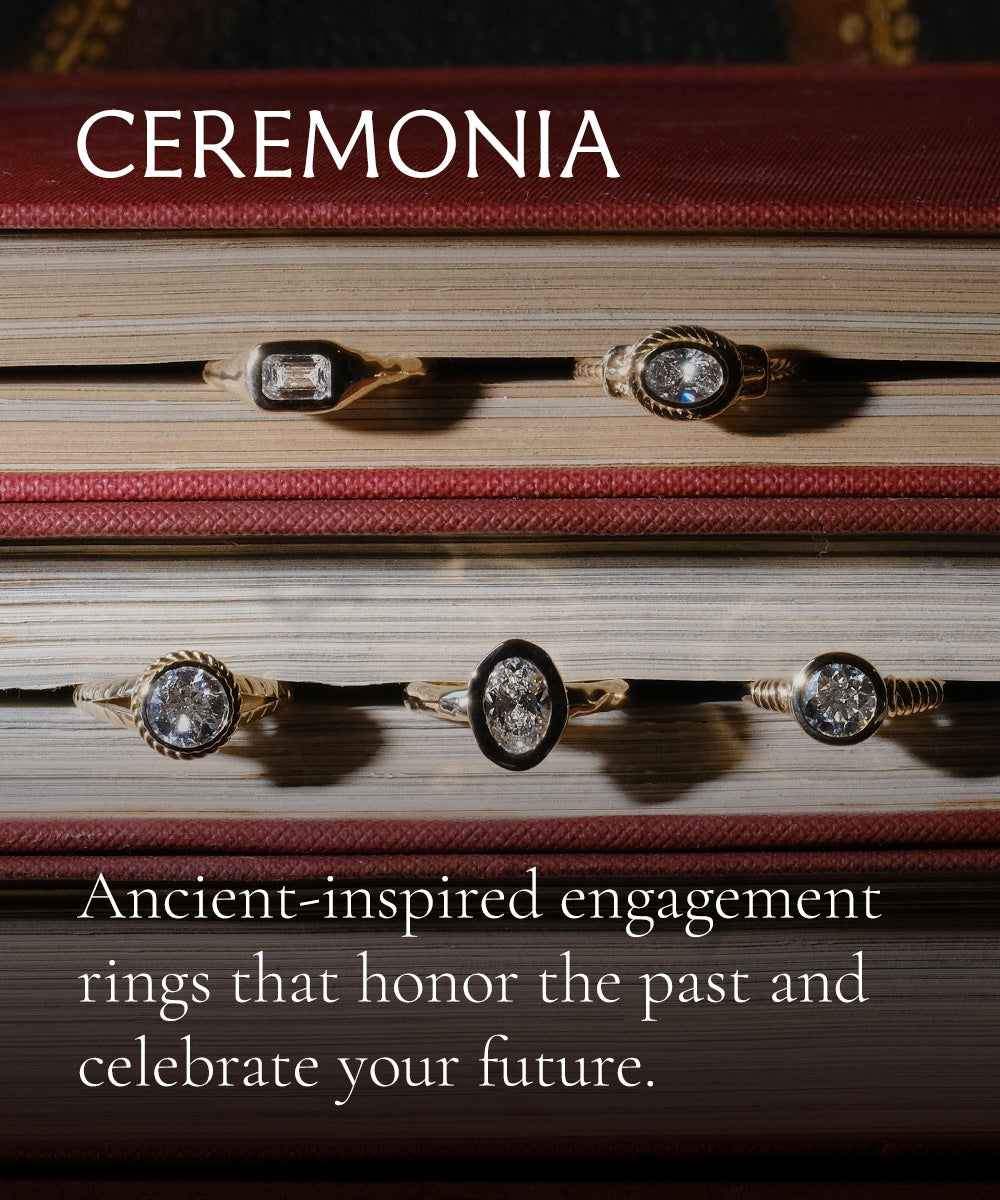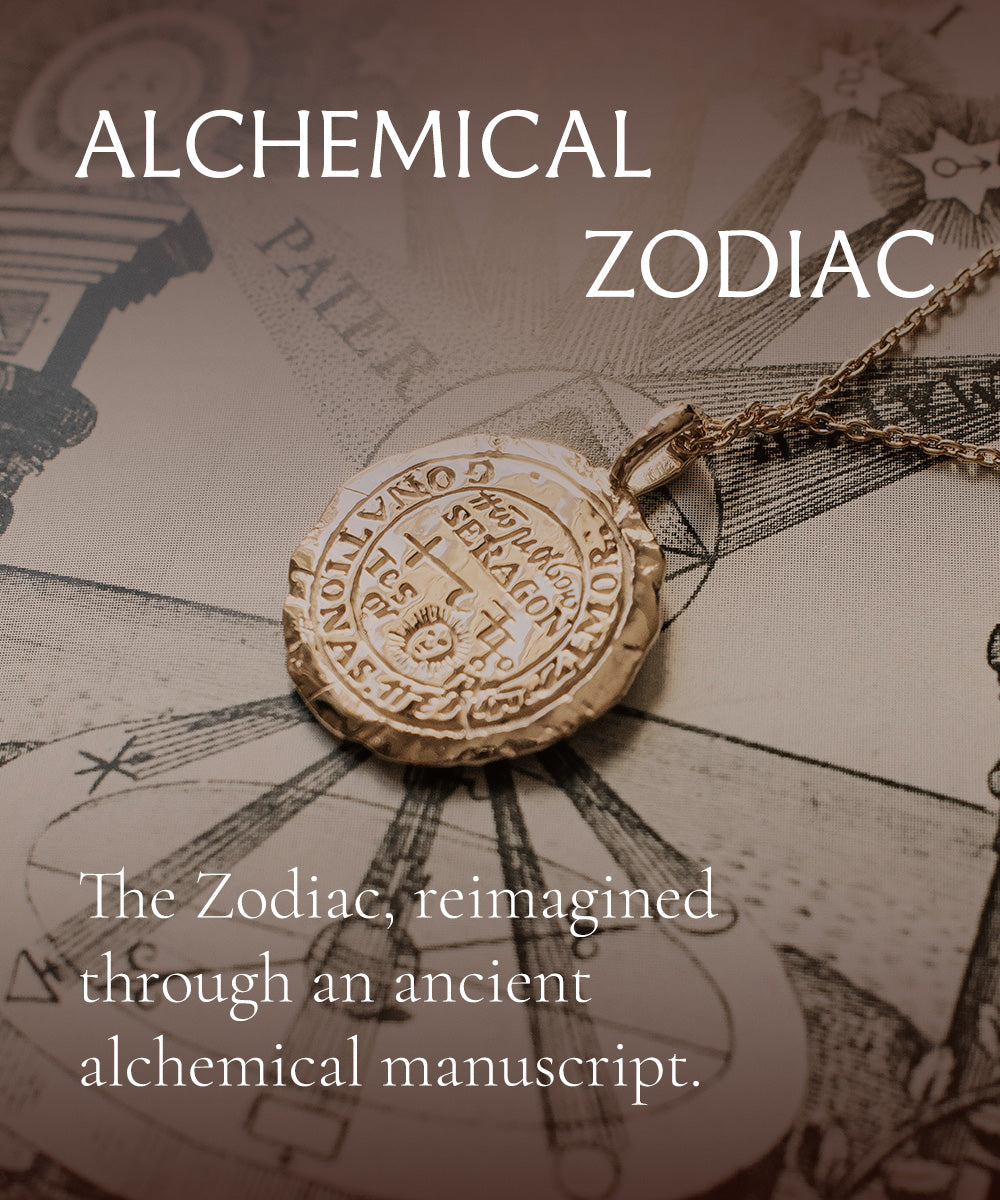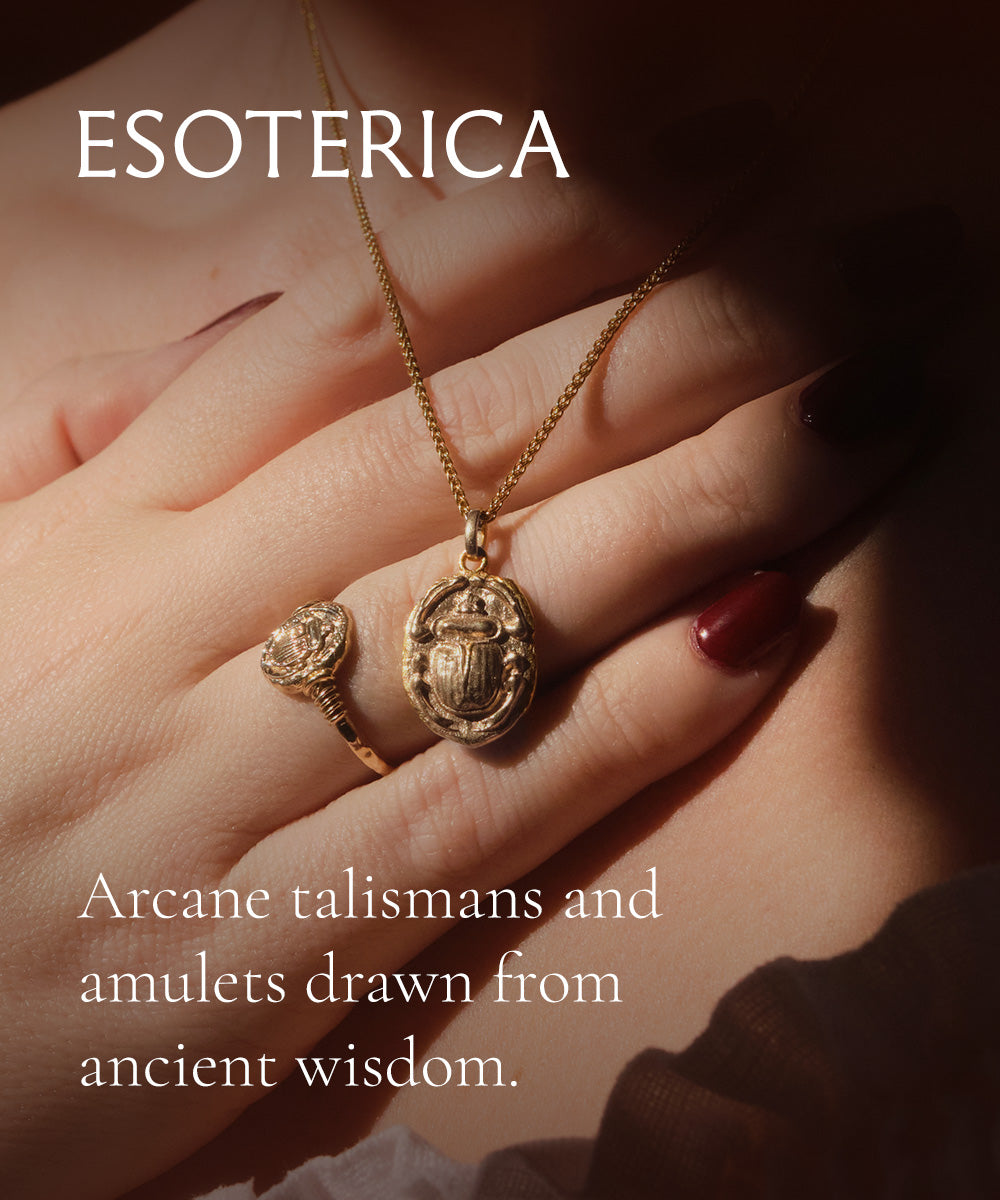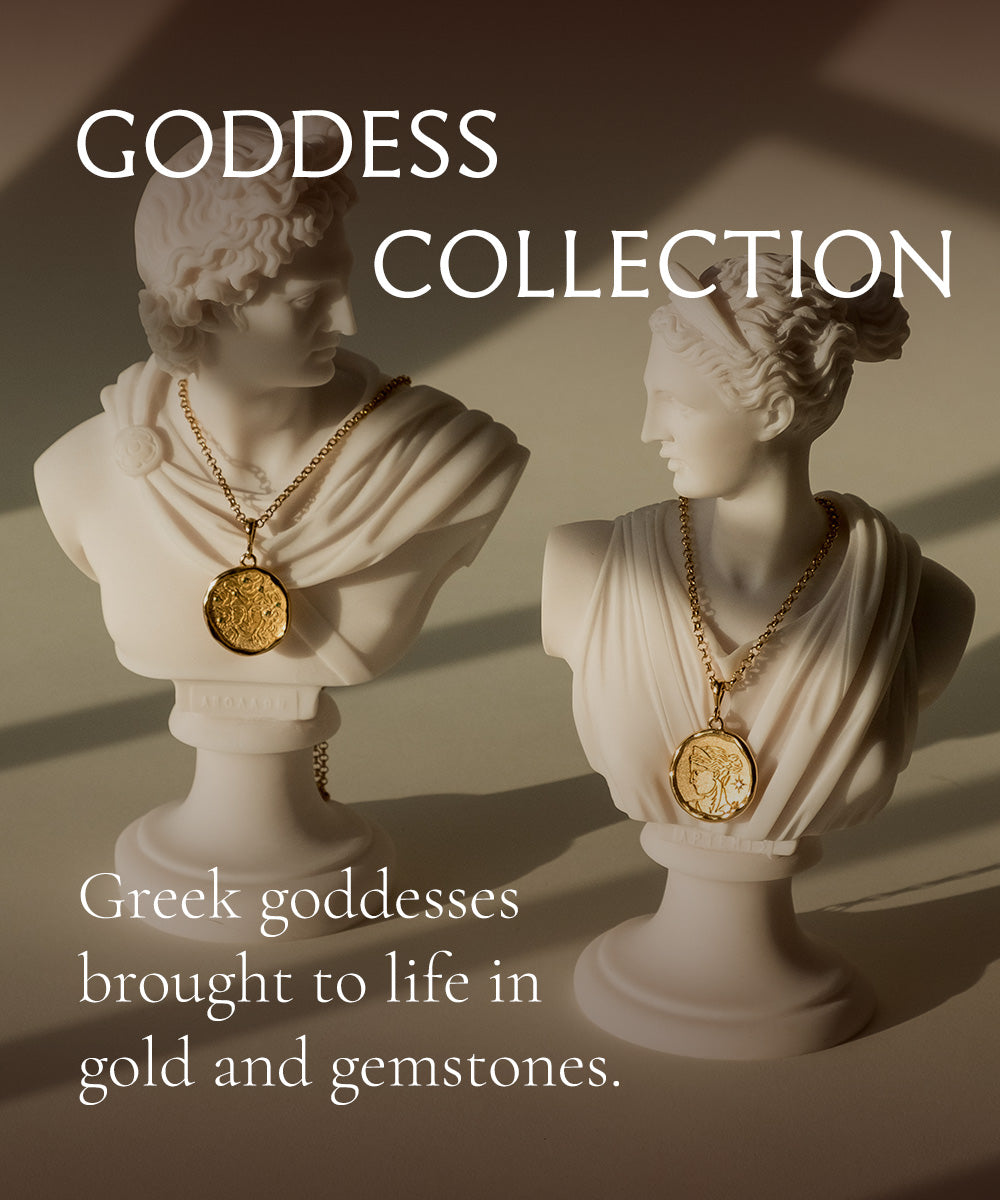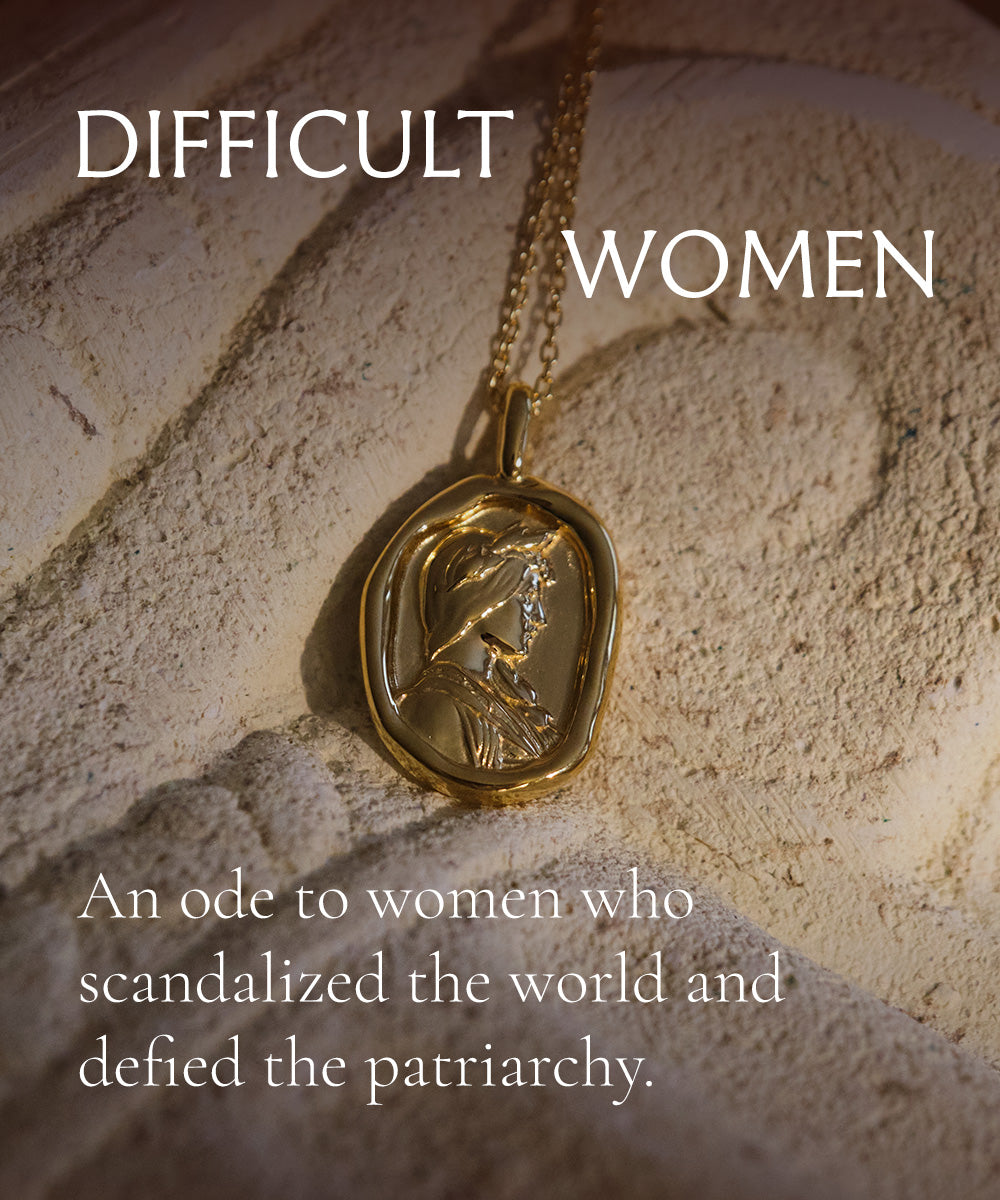Let’s get one thing out there: gold is EXPENSIVE. Like, $1,800 per ounce expensive. And in times of political or economic instability the price only gets higher, because when investors are worried, they turn to tangible commodities like precious metals. I guess it’s no surprise that just yesterday, gold soared to its highest price in seven years. The price of gold is one of many reasons that people are turning to Gold Vermeil as an affordable but still luxurious option.
First up, what is gold vermeil?
Gold Vermeil is a French term, pronounced 'ver-may', was invented in the 18th century and is also known as silver-gilt. Vermeil is essentially solid sterling silver coated with gold.
It's easy to confuse gold plating for Gold Vermeil, and many jewelry brands would very much like you to do so, because it keeps their costs low and they can sell you cheap brass jewelry. But Gold Vermeil is much higher quality and has a longer lifespan than regular gold plating due to its thicker coating. It's legally regulated by the US government, unlike 'gold plated' jewelry and thus requires much higher standards. It's also entirely composed of precious metals - gold and silver.
There are two key differences between gold vermeil and gold plating:
- The base metal: Gold vermeil legally must be coated on top of solid 925 sterling silver. Gold plated jewelry, on the other hand, is just flash-plated on cheap metals like brass, zinc, even stainless steel.
- Gold thickness. Gold vermeil regulations in the United States state that the gold must be at least 2.5 microns thick, making it longer lasting and unlikely to ever rub off. Gold plating, however, is usually less than .5 micron thick. That's why you'll often see the brass coming through after you wear a piece a few times.
How we make our vermeil
In addition to the standard vermeil recipe, we add a special layer of either Palladium or Platinum (it depends what we can get our hands on at the time) sandwiched between the sterling silver and the gold coating.
This adds complexity and cost to our process, but it has a very important function: the platinum layer helps shield the sterling silver from corrosive agents that can find their way through the gold plate.
Why we chose vermeil
To give you an idea of how much one of our pendants would cost to make in solid gold, let’s do a little math:
Each mythology pendant (not including the chain) contains 13 grams of solid sterling silver, which converts to ~15 grams of gold because of their different densities. And the gold that jewelers buy isn't sold at the same price that investors can buy it at, because we're buying actual physical gold from wholesalers who need to make a profit. So whatever the current gold spot price is? We're not getting it nearly that cheap.
Add to that the labor of hand-polishing each pendant, the cost of buying and then hand-setting the precious stones, taxes, marketing costs, overhead… you get the point. That’s why a similarly-sized solid gold pendant from a brand like Foundrae (a brand I absolutely adore but can’t afford) costs around $4,000.
So, while I love solid gold, I love our customers more, and I want them to be able to afford our pieces. That’s why Common Era makes all of our collections in gold vermeil - it's the closest thing to solid gold, without the price tag.


Some of our pendants after being cast in solid silver, before we set the stones and coat them in gold. Yes, I know they're sitting on toilet paper, but this is what happens when you ask your husband to take a photo.
